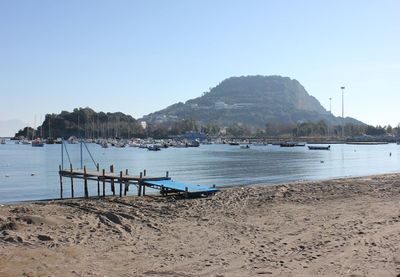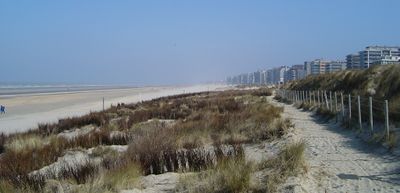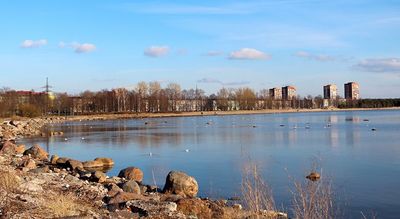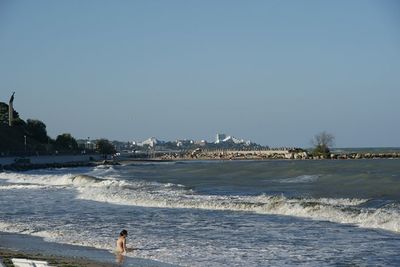Output 1 - The COLAND Online Course: Difference between revisions
No edit summary |
|||
| Line 11: | Line 11: | ||
If you are interested in the didactical and organisational framework of this course, please also consider our [[Output_2_-_The_COLAND_Guidance_Report|Guidance Report]] and the [[Output_2_-_Toolbox|COLAND Tool-Box]]. | If you are interested in the didactical and organisational framework of this course, please also consider our [[Output_2_-_The_COLAND_Guidance_Report|Guidance Report]] and the [[Output_2_-_Toolbox|COLAND Tool-Box]]. | ||
== | == Learning Objectives == | ||
== Lecture materials == | == Lecture materials == | ||
== Reading List == | == Reading List == | ||
== Case Study Template == | == Case Study Template == | ||
== Evaluation and Assessment Forms == | == Evaluation and Assessment Forms == | ||
Revision as of 09:24, 3 December 2020
In the light of the sensitive nature of coastal landscapes and their relevance to society, economy and the environment it is vital that planners and designers learn how to manage these territories in a sustainable way. The COLAND project has developed a learning format that addresses this specific challenge.
In this section we provide all teaching and learning materials our international and interdisciplinary team has developed during this project.
Learners can use these materials for self-study. If you are teaching in a spatial planning or design programme, feel free to use them for your own teaching and/or adapt them to your needs. This section focuses on providing access to materials.
If you are interested in the didactical and organisational framework of this course, please also consider our Guidance Report and the COLAND Tool-Box.



